Parco degli Acquedotti
This beautiful park on the outskirts of Rome protects the ruins of two colossal ancient aqueducts.
The Parco degli Acquedotti is situated on a wide stretch of beautiful Roman countryside—the famous “Campagna Romana” so often depicted by artists over the centuries—just outside the city of Rome. The park protects the remains of two enormous ancient aqueducts, yet is surprisingly little-visited by tourists to the city.
This suburban park was designated a protected area in 1988 after two years of campaigning from a local citizen movement. It is named after the impressive aqueducts that still stand there today, providing one of the most famous landscapes in Rome.
In antiquity, these aqueducts carried drinking water from the mountains in the east Lazio (such as the Alban Hills and the Monti Simbruini), and were elevated on monumental arcades once they reached the flat expanse of the Roman countryside.
The Aqua Claudia, which is the most impressive aqueduct still standing within the park, was the eighth aqueduct built by the ancient Romans, constructed during the reigns of emperors Caligula and Claudius. It could carry over 2,000 liters of water per second, over 40 miles (70 km) away from its original source.
Nearby are the ruins of an even older aqueduct, the Aqua Marcia (which also carried the waters of the Aqua Tepula and Aqua Iulia), built during the late Republican age in 144 BC. This one is not as well preserved since Pope Sixtus V removed parts of the structure to build the first Papal aqueduct, the Aqua Felix, at the end of the 16th century. The Papal aqueduct, which is a lot lower than its ancient Roman counterpart, runs along the Aqua Claudia and intersects it in the nearby park of Tor Fiscale. It ultimately ends at the famous Moses fountain in Piazza San Bernardo. The park is a vast archaeological and natural site that preserves, among other sites, the ruins of the imperial Vignacce Villa (its private baths are still visible); the 12th-century marrana (or ditch) built by the popes to provide water to the gardens of St. John the Lateran; a well-preserved stretch of the Roman road known as the Via Latina; and the 13th century Casale di Torrevecchia, a fortified farmstead that at one point belonged to the powerful Torlonia family.
Know Before You Go
The park is a great location for trail running and cycling. Access to the park is within walking distance of the Cinecittà, Subaugusta, Giulio Agricola, and Lucio Sestio underground stops and the Capannelle train station.
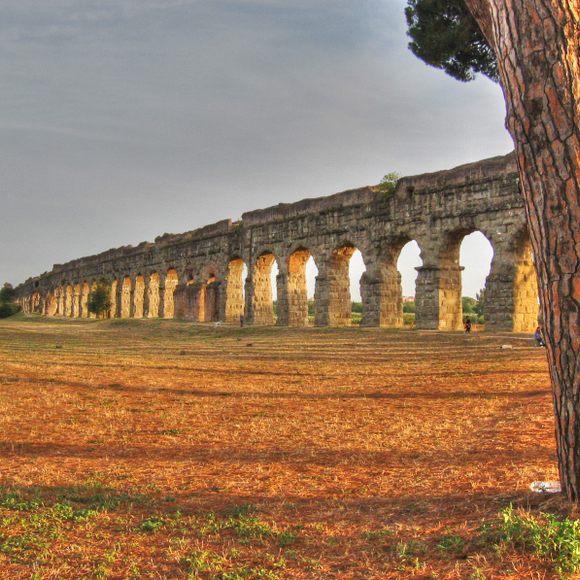











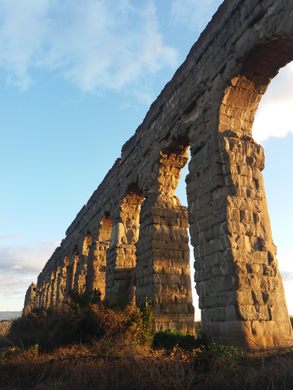


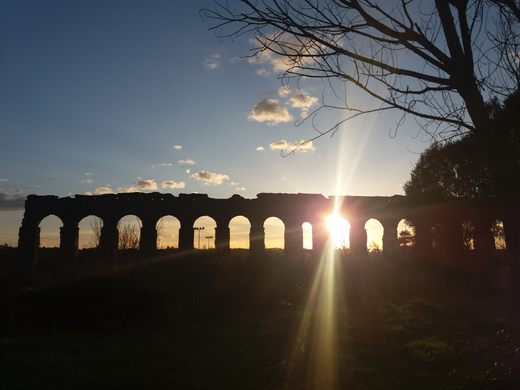
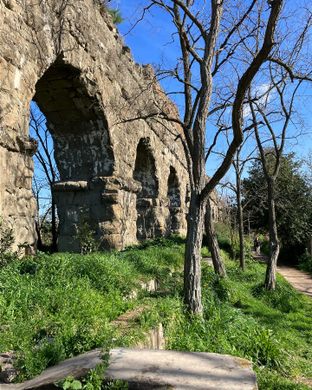
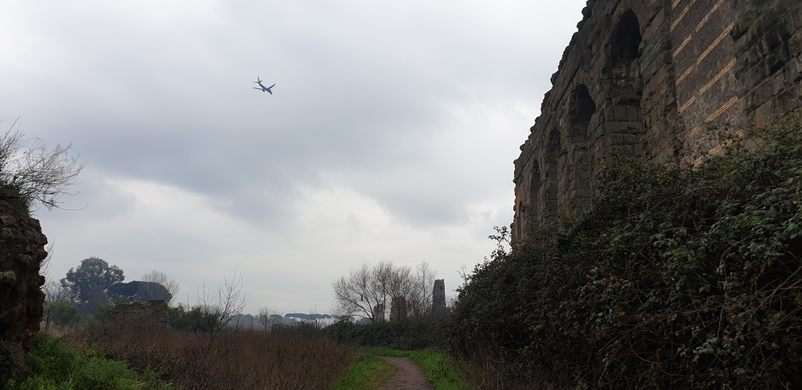
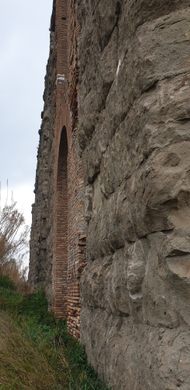








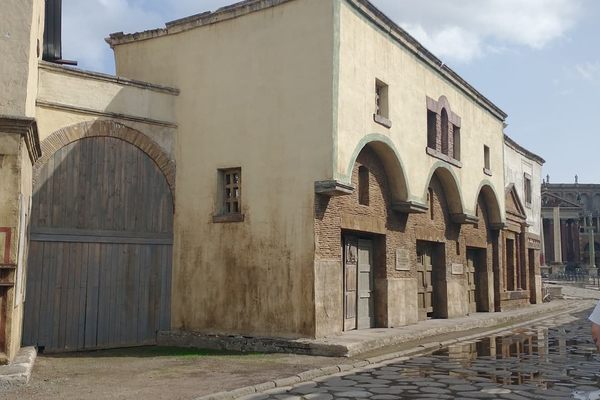
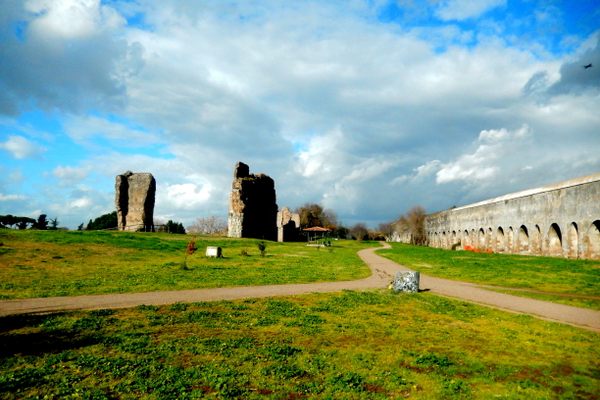




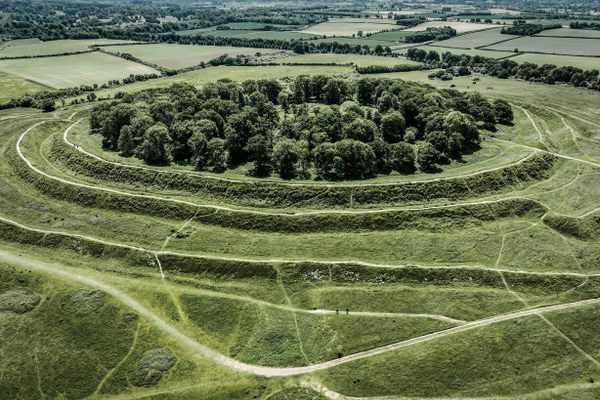
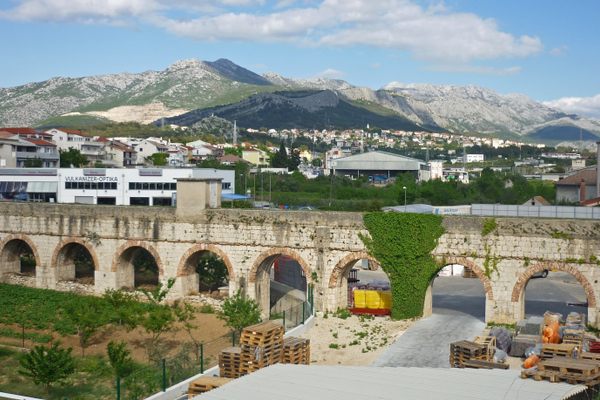

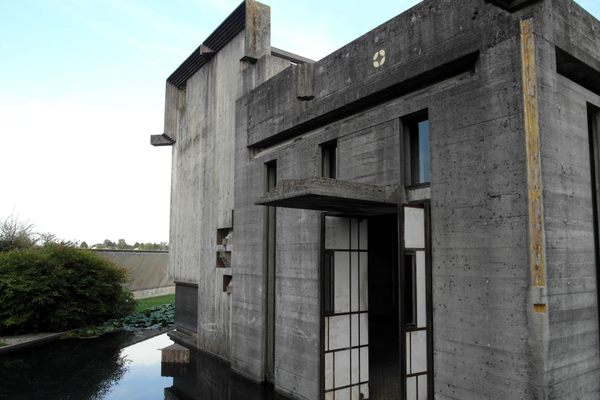

Follow us on Twitter to get the latest on the world's hidden wonders.
Like us on Facebook to get the latest on the world's hidden wonders.
Follow us on Twitter Like us on Facebook